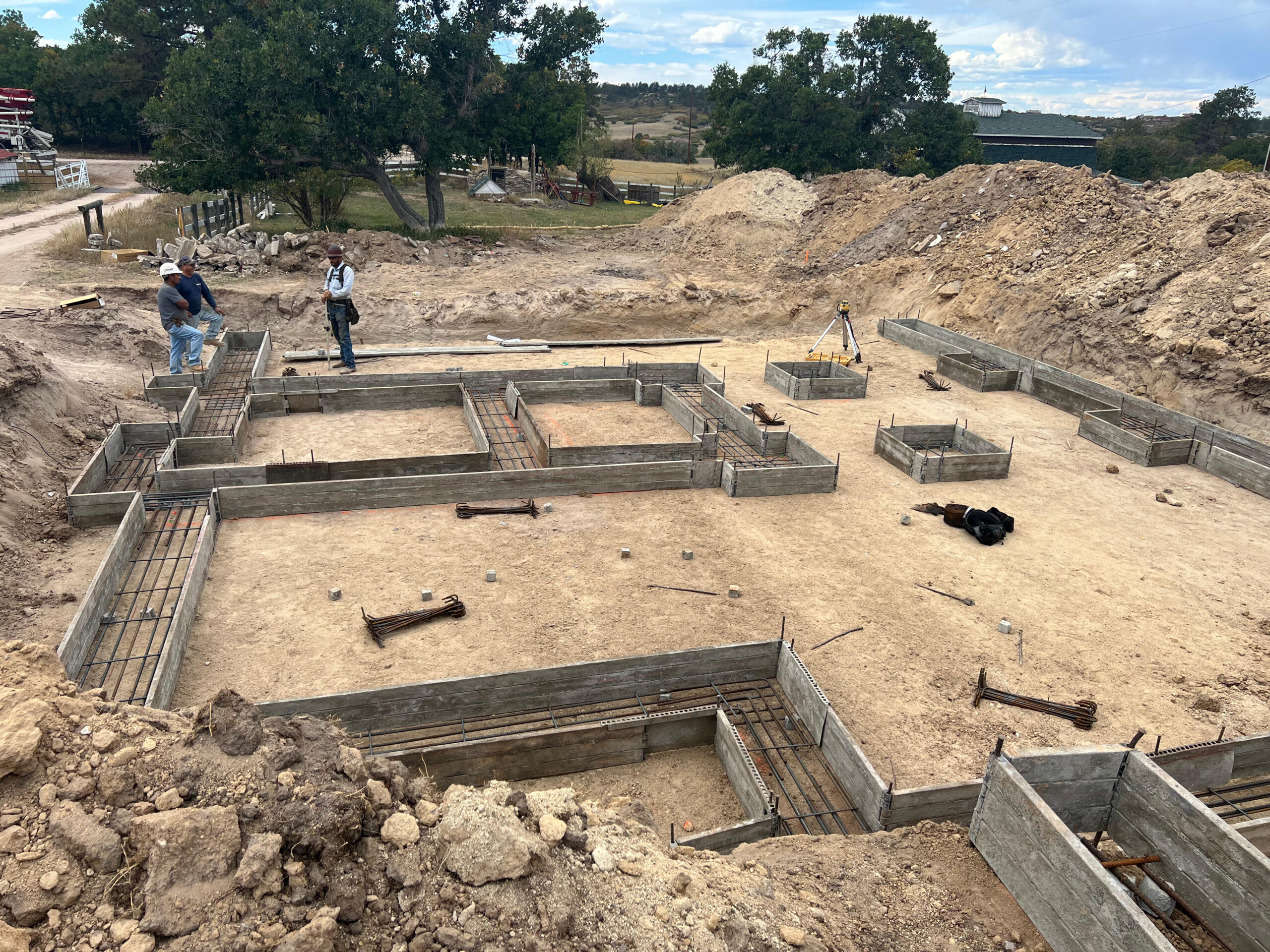by Luke Cronin
Share
by Luke Cronin
Share

Welcome to April, where we delve deep into the very groundwork that supports our homes – foundations. As we kick off our Foundation Design month, we’re excited to guide you through the labyrinth of residential foundation designs, all adhering to the guidelines laid out by the International Residential Code (IRC).
Behind every sturdy home stands the silent sentinel: the foundation. It’s the backbone upon which our homes rest, ensuring stability and durability against the whims of nature. But what exactly goes into designing a residential foundation that meets the rigorous standards set by the IRC?
Enter the structural engineer – the unsung hero behind every reliable foundation. These professionals are the architects of stability, employing principles of structural engineering to craft designs that withstand the test of time. Whether it’s a new build or a forensic examination of an existing structure, their expertise is paramount in ensuring safety and longevity.
Let’s break down some key aspects of standard residential foundation designs:
Material Matters
Residential foundations predominantly rely on concrete and steel reinforcements. Concrete provides the strength and durability needed to support the weight of the structure, while steel reinforcements bolster its tensile strength, mitigating against cracks and structural failures.
Types of Foundations
The choice of foundation depends on various factors such as soil composition, climate, and local building codes. Common types include slab-on-grade, crawl space, and basement foundations. With each type being supported by either spread footings or piers. Each has its own set of advantages and considerations, tailored to suit specific needs.
Differential Cracking
One of the challenges faced in residential foundation design is the occurrence of differential cracking. This phenomenon, typically caused by uneven settlement or soil movement, can compromise the integrity of the structure if not addressed promptly. Understanding the underlying causes and implementing effective remediation strategies is crucial in maintaining the structural integrity of the foundation.
Identification of Foundation Types
For homeowners and prospective buyers, discerning the type of foundation a house has is essential. Visual cues such as the presence of a crawl space or basement can hint at the foundation type. However, consulting with a structural engineer can provide a definitive answer, ensuring informed decision-making regarding maintenance and renovations.
Repair and Maintenance
Like any component of a home, foundations require regular upkeep and, if necessary, repairs. From minor cracks to major structural issues, timely intervention by qualified professionals can prevent minor concerns from escalating into costly repairs down the line. Residential concrete foundation contractors specialize in addressing such issues, employing techniques tailored to the specific needs of each project.
As we navigate through April’s Foundation Design month, we invite you to embark on a journey with us, exploring the intricacies of residential foundations. From interactive design foundations to the timeless principles of structural engineering, there’s much to uncover beneath the surface. So, let’s lay a firm foundation together, ensuring that our homes stand strong for generations to come.

